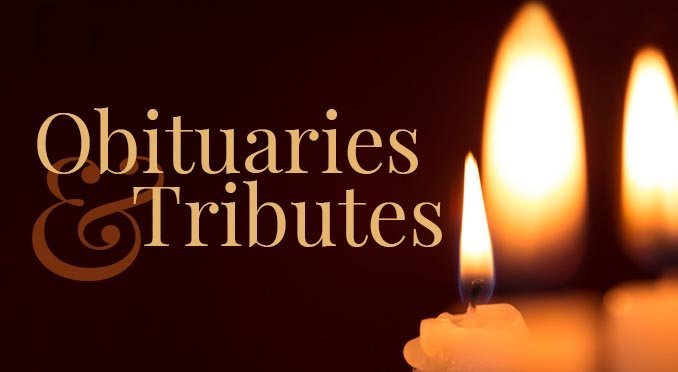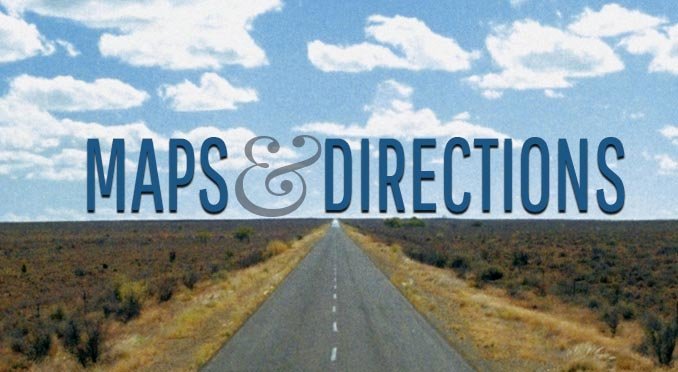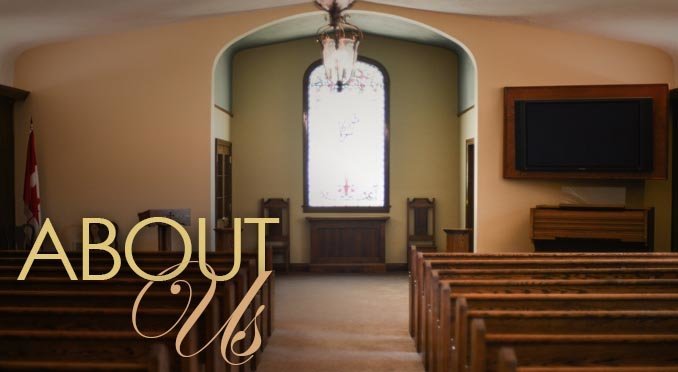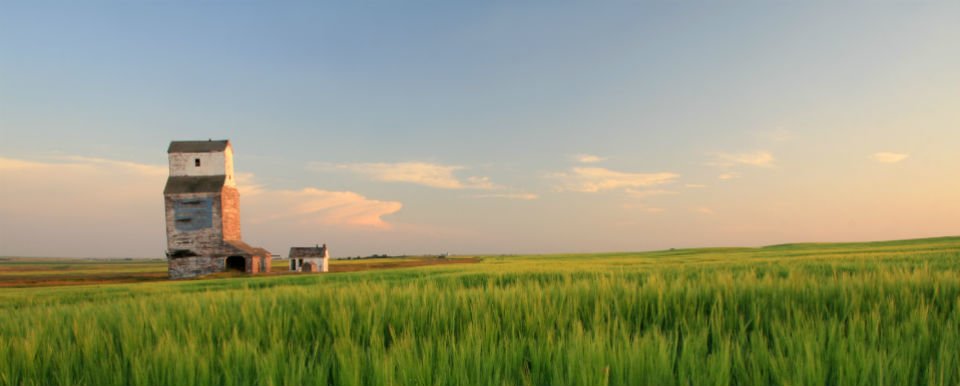CONTACT: 780-753-2332 OR 1-888-753-2339
Burial Services
Traditionally, a burial service involves a visitation and is followed by a funeral service. While the casket is typically present at both these events, it is your decision whether to have the casket open. You then have a number of options for interment. Decisions also need to be made on whether the body needs to be embalmed, what kind of casket to use, what cemetery to use and what to put on the monument.
Cemetery Types
Monumental cemetery: A monumental cemetery is the traditional style of cemetery where headstones or other monuments made of marble or granite rise vertically above the ground. There are countless different types of designs for headstones, ranging from very simple, to large and complex.
Columbarium: Columbarium walls are generally reserved for cremated remains. While cremated remains can be kept at home by families, or scattered somewhere significant to the deceased, a columbarium provides friends and family a place to come to visit. Columbarium walls do not take up a lot of space and a cheaper alternative to a burial plot.
Mausoleum: A mausoleum is an external, free-standing building constructed as a monument enclosing the interment space or burial chamber of a deceased person or people. A mausoleum may be considered a type of tomb, or the tomb may be considered to be within the mausoleum. The most famous mausoleum is the Taj Mahal in India.
Burial FAQ
How soon after a death must an individual be buried?
There is no law that states a specific time-span for burial. Considerations that will affect the timeline include: the need to secure all permits and authorizations; notification of family and friends; preparation of cemetery site, and religious considerations. When a family chooses embalming, it ultimately removes the timeline as to when the burial needs to take place.
Does a body have to be embalmed before it is buried?
No. Embalming is generally a choice; one which depends on factors like if there will be an extended time between death and interment. Public health laws may require embalming if the body is going to be transported by air or rail.
Why is having a place to visit so important?
To remember, and to be remembered. A permanent memorial in a cemetery provides a focal point for remembrance and memorializing the deceased. Memorialization of the dead is a key component in almost every culture. Psychologists say that remembrance practices serve an important emotional function for survivors by helping them bring closure, which allows the healing process to begin. The provision of a permanent resting place is an important part of this process.
What is opening and closing, and why is it so expensive?
Opening and closing fees can include up to and beyond 50 separate services provided by the cemetery. Typically, the opening and closing fees include administration and permanent record keeping (determining ownership, obtaining permission, and the completion of other documentation which may be required, entering the interment particulars in the interment register, maintaining all legal files), opening and closing the grave (locating the grave and laying out the boundaries, excavating and filling the interment space), installation and removal of the lowering device, placement and removal of artificial grass dressing and coco-matting at the grave site, leveling, tamping, re-grading and sodding the grave site, and leveling and re-sodding the grave if the earth settles.
What are burial vaults and grave liners?
These are the outside containers into which the casket is placed that are a requirement of the cemetery, not the funeral service provider. Burial vaults are designed to protect the casket and may be made of a variety of materials, including concrete, stainless steel, galvanized steel, copper, bronze, plastic, fiberglass or wood. A grave liner is a lightweight version of a vault that assists in the future maintenance of the gravesite.
There are alternatives to burial. See Cremation Services

Testimonials to Our Service













